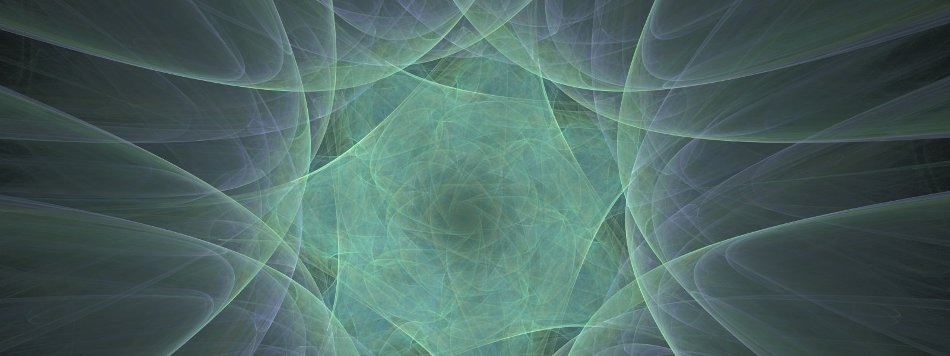May 4 2018
Researchers from the University of Strathclyde and Capital Normal University in Beijing are working on a new source of intense terahertz (THz) radiation, which could deliver a less destructive substitute to X-rays and has a robust potential for application in industry.
 Image credit: University of Strathclyde
Image credit: University of Strathclyde
In contrast to visible light, THz radiation penetrates materials such as cardboard, plastic, wood and composite materials, making it a superior replacement for destructive X-rays used in security and imaging.
Although it is a known fact that THz electromagnetic waves can carry ultra-high bandwidth communications, surpassing those of Wi-Fi, it is less well-known that it is a very useful probe for detecting molecules and examining semiconductors.
A team of researchers led by Professor Dino Jaroszynski, of Strathclyde’s Department of Physics, have demonstrated experimentally that exceptionally high-charge bunches of relativistic electrons can be created by a laser wakefield accelerator (LWFA).
These are produced over and above the usual high-energy, low-charge beams that are discharged.
The team demonstrated that when a strong ultra-short laser pulse is focused into helium gas, a plasma bubble moving at approximately the speed of light is produced. These high-charge beams of electrons are different from the typical low-charge (picocoloumb), high-energy (100s MeV to GeV), femtosecond duration electron bunches that are usually observed from the LWFA.
The details of the research have been reported in the New Journal of Physics.
Professor Jaroszynski, Director of the Scottish Centre for the Application Plasma-based Accelerators (SCAPA), who started the project, stated: “This is an unprecedented efficiency at these THz energies. The increasing availability of intense THz sources will lead to completely new avenues in science and technology.
“New tools for scientists lead to new advances. The interaction of intense THz radiation with matter allows access to nonlinear processes, which enables the identification of normally hidden phenomena, and also unique control of matter, such as aligning molecules using high THz fields or distorting band structure in semiconductors.
“SCAPA provides an ideal environment for investigating these phenomena, which should lead to new advances in science. Our theoretical studies are the first steps in this exciting new direction.”
Dr. Enrico Brunetti, of Strathclyde’s Department of Physics, performed most of the simulations in the study.
Since the charge of wide-angle beams increases linearly with laser intensity and plasma density, the energy of THz radiation will scale to millijoule-levels, which would make an intense source of THz radiation with peak powers in excess of GW, which is comparable with that of a far-infrared free-electron laser. An optical to terahertz conversion efficiency of the order of 1% can be reached.
Dr. Enrico Brunetti
Dr. Xue Yang, a researcher in the project from Capital Normal University, said: “When electrons cross an interface between two media of different dielectric constant, transition radiation is emitted over a wide range of frequencies.
“Simulations show that wide-angle electron beams emitted by laser-wakefield accelerators can produce coherent terahertz radiation with 10s µJ to 100s µJ energy when passed through a thin metal foil or at the plasma-vacuum boundary of the accelerator.”
THz radiation is far-infrared electromagnetic radiation with a frequency ranging between 0.1 THz and 10 THz (1 THz=1012 Hz), which falls between the mid-infrared and microwave spectra. The vibrational and rotational spectral fingerprints of large molecules correspond with the THz band, which makes THz spectroscopy a robust tool for identifying dangerous substances, such as explosives and drugs. Furthermore, THz radiation is significant for medicine and biology because a number of biological macromolecules, such as proteins and DNA, have their collective motion at THz frequencies.
THz radiation can also be used to expose the workings of nanostructures and semiconductors, and thus are crucial tools for building new solar cells and electro-mechanical devices.
There are many different techniques for creating THz radiation, including excitation of quantum wells, driving photocurrents in semiconductor antennas, and optical rectification in electro-optic crystals. Nevertheless, their maximum power is limited because of damage to the optical materials at high powers. In contrast, plasma doesn’t have any such restriction, as it is already broken.
The new study reveals that these high-charge—nanocoloumb—, and comparatively low energy (MeV), sub-picosecond duration electron bunches are produced in a hollow cone with an opening angle of approximately 45 degrees to the laser beam axis. The scientists demonstrate that laser energy can be efficiently shifted to a very strong pulse of THz radiation.
The research received funding from the Engineering and Physical Sciences Research Council.